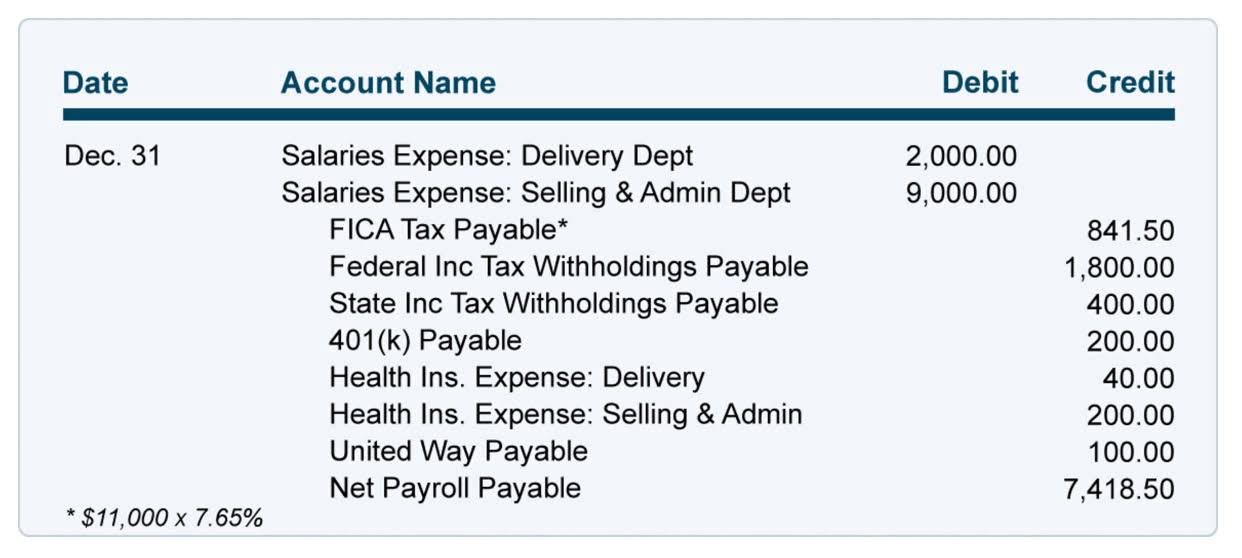Content

Moreover, in these countries, a large number of small and medium enterprises, often family owned, meets the conditions for achieving tax savings, but previous models are not relevant to them. The Miles and Ezzell and Harris and Pringle models are the most commonly applied approaches while the constant leverage is assumed. In addition to constant debt, Ruback [12] also developed another model based on fixed leverage. The formula for calculating the present value of interest tax shields is consistent with the Harris and Pringle model.
In the US, taxes gradually rise in line with an individual’s income. Currently, the United States has seven federal tax bands, with rates averaging ranging from 10% to 37%. Deductions for mortgage interest, charity donations, medical costs, and depreciation are a few examples.
3. Tax shield valuation theories if market leverage ratio is constant
From the list above, we can see the interest expense is reducing down by $8m each year until reaching $0m in Year 5. As a result, there will be no debt assumed heading into the terminal value period. The APV approach allows us to see whether adding more debt results in a tangible increase (or decrease) in value, as well as enables us to quantify the effects of debt. The real cash outflow stemming from capital expenditures has already occurred, however in U.S. GAAP accounting, the expense is recorded and spread across multiple periods.
One way to make the most of your tax situation is by using deductions to lower your tax burden. The mitigating factors to your taxable income are known as tax shields. A tax shield is a reduction in taxable income by claiming allowable deductions. For full tax planning help, consider working with a financial advisor. A Tax Shield is an allowable deduction from taxable income that results in a reduction of taxes owed.
Tax Shield for Depreciation
Unlike other payments, the charge is compulsory and unrelated to any particular services that have been or will be rendered. Get instant access to video lessons taught by experienced investment bankers. Learn financial statement modeling, DCF, M&A, LBO, Comps and Excel shortcuts. In conclusion, we can see the tax shield formula effects of the interest tax shield from our simple comparison of two companies with two different capital structures. Since the interest expense on debt is tax-deductible, whereas dividends to common equity holders are not, debt financing is often considered to be a “cheaper” source of capital initially.

Nevertheless, they found out that there are differences such as GDP growth, capital market development and inflation rates. Harris and Pringle [17] model (hereinafter HP model) is based on the previous model while the constant leverage is assumed. The company continuously rebalances its capital structure to achieve the fixed debt-to-equity ratio. Therefore, debt has a stochastic character because its value is estimated only with some probability and is unknown in all periods, including the first one. The market value of debt is known and debt is perfectly correlated with the value of interest tax savings.
Are Tax Shields Good?
Keep reading to learn all about a tax shield, how to calculate it depending on your effective tax rate, and a few examples. The recognition of depreciation causes a reduction to the pre-tax income (or earnings before taxes, “EBT”) for each period, thereby effectively creating a tax benefit. The Depreciation Tax Shield refers to the tax savings caused from recording depreciation expense. The reasoning is that even though we forfeit the $100,000 tax benefit, we gain back the $500,000 in interest expenses (since we are not obliged to pay it out anymore).
Figure 3
shows the course of the function of tax shield with respect to the sum of earnings before interest and tax and other income. The present value of the debt change ΔDt
is important to know for estimating the value of tax shield. The value of unlevered and levered company according to Fernandez [25]. Inselbag and Kaufold [20] recommend using the Myers model if the value of debt is constant; in the case of fixed leverage, the Miles and Ezzell model is suitable. The interest tax shield is positive when the EBIT is greater than the payment of interest.
Value of the Tax Shield
The deductible amount can be 60% of the person’s adjusted gross income depending on certain situations. For example, for the year 2019 or 2020, a person can deduct the amount linked with dental or medical expenses that exceed 7.5% of adjusted gross income( by filing schedule A). For more complex models, we’d recommend using the “MIN” function in Excel to make sure that the interest tax shield value does NOT exceed the value of the taxes paid in the relevant period.
Next PostHow AI-Powered Chatbots Have Revolutionized Education
Previous PostWhat Is Generative AI: Tools, Images, And More Examples






